
By Anna, September 29, 2025 · 6 min read
7 Fashion E-commerce Trends 2026: Insights from Fashion Business Congress
Earlier this month, I had the chance to attend Fashion Business Congress 2025, one of the most insightful events for leaders in fashion and e-commerce in Poland. The sessions, conversations, and case studies left me with a clear picture of what’s shaping our e-commerce fashion industry in 2026.
The industry is growing faster than ever. And the winners? Those who invest in speed, optimization and personalization. Here are the key takeaways I found most inspiring also with examples from our own work with fashion brands.
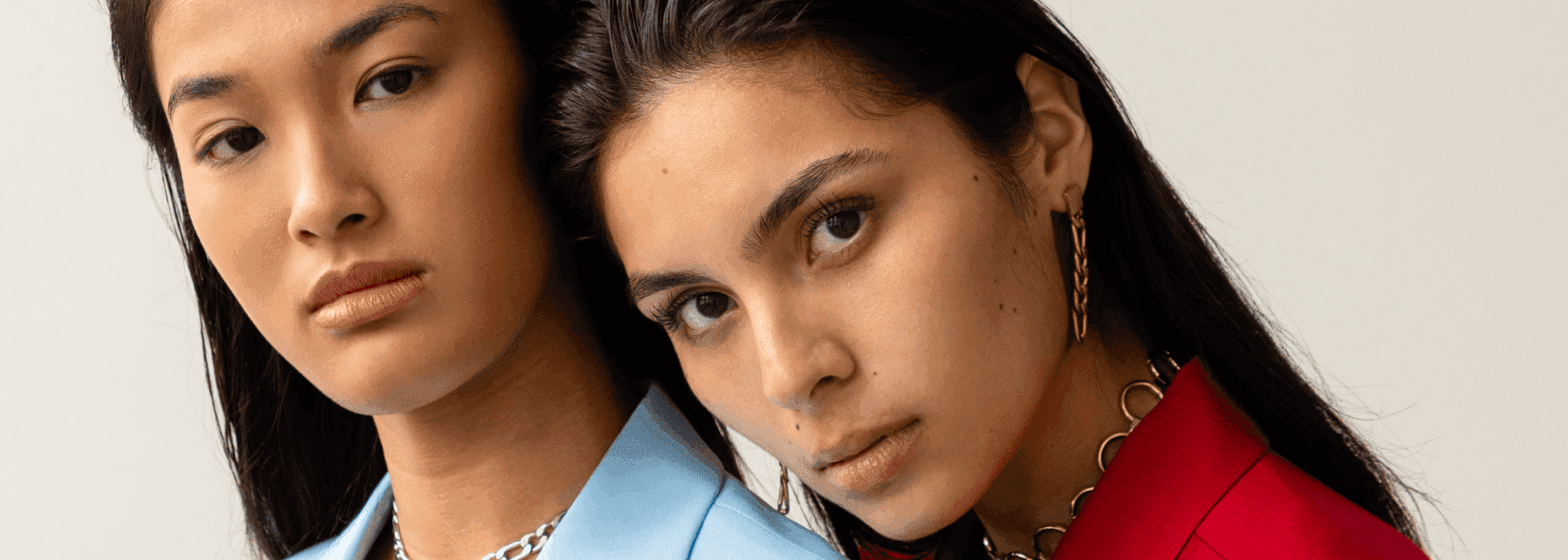
1. Black Week is growing faster than expected
Globally, Black Week (or Cyber Week) sales grew by about 5% year-over-year, with online spending reaching $74.4 billion in 2024 (DemandSage). In the U.S., Black Friday online sales increased by 10.2 % to $10.8 billion, while Cyber Monday hit a record $13.3 billion (DemandSage).
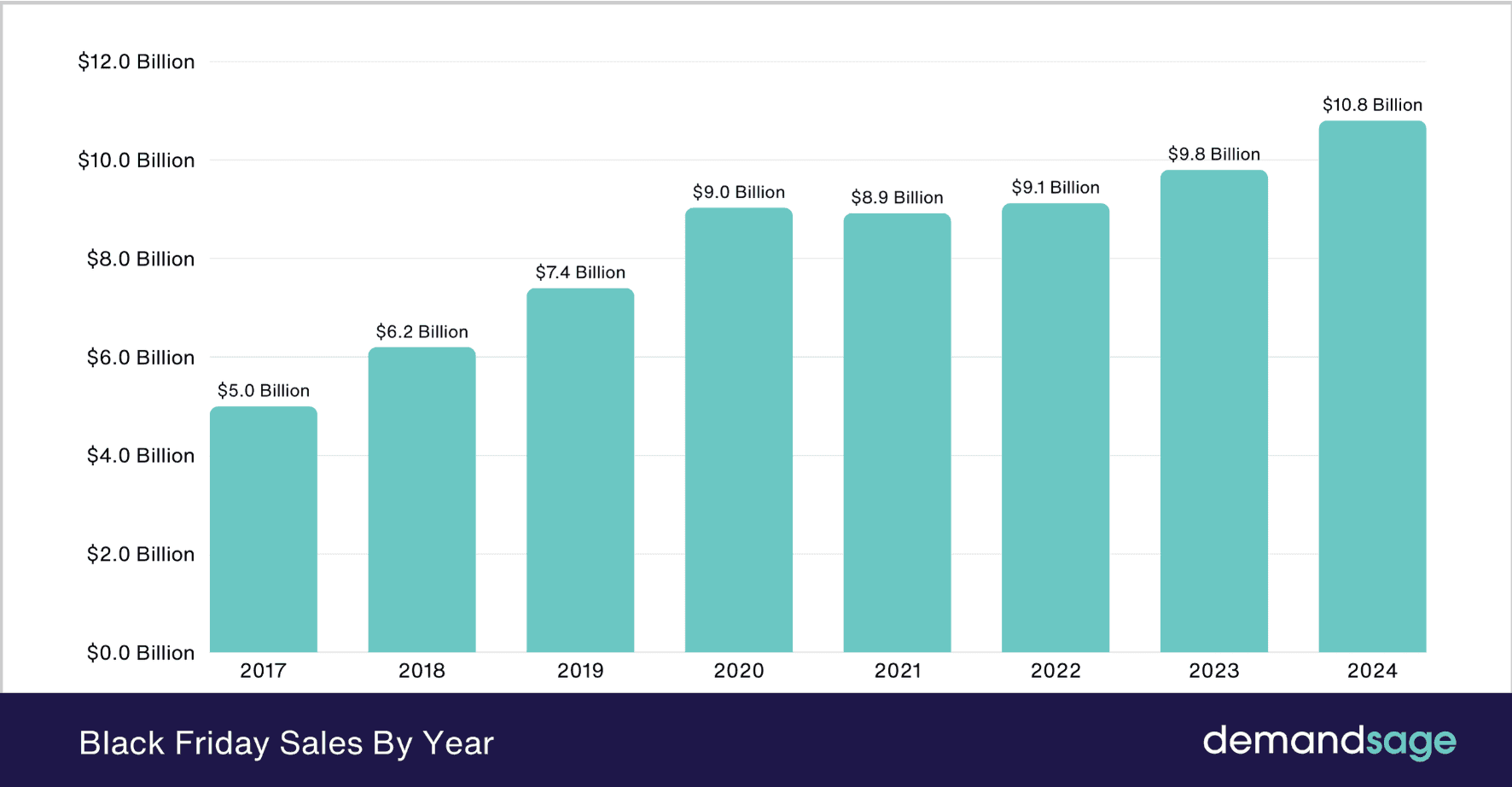
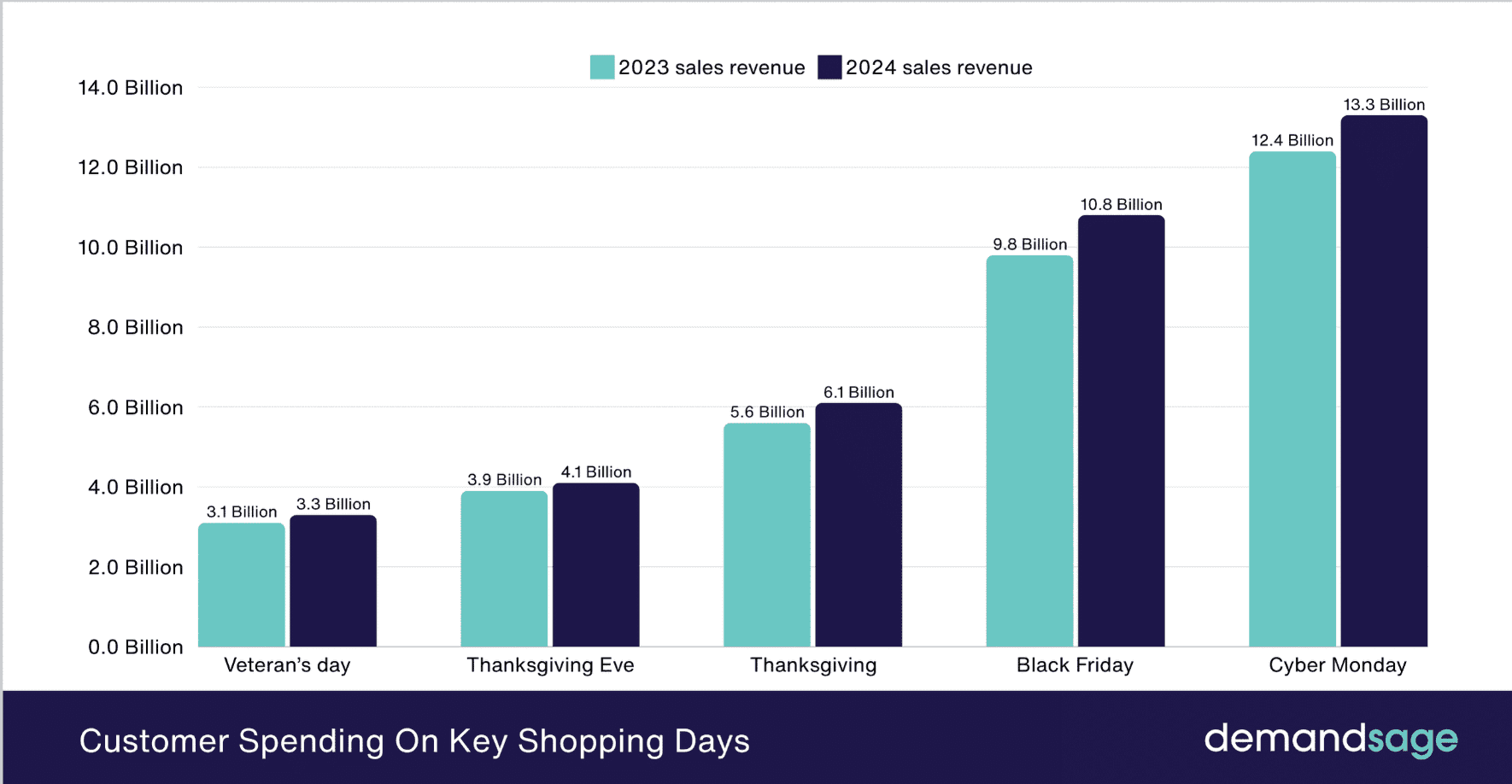
source: DemandSage
In Poland, growth was even stronger - +23 % between 2023 and 2024, outpacing the global average and showing how quickly consumer behavior is shifting in the region. The lesson for brands is clear: Black Week is no longer a one-day sale. It has become a multi-week campaign season with discounts starting earlier in November and continuing into December. And it doesn’t stop there - Q5, the period between Christmas and New Year’s, is now its own profitable shopping window (NielsenIQ).
Brands that don’t prepare for the early build-up and the post-holiday period risk losing a big part of their sales.
2. Mobile-first is not enough anymore
We’ve heard “mobile-first” for years. With 75% of online purchases on smartphones, a simple responsive site is no longer enough. Expectations are higher.
- Customers want mobile stores to be as fast and smooth as apps.
- They also expect quick, personalized suggestions that match their size, style, and budget.
- More and more, fashion apps are turning into places where people not only shop, but also explore and connect with the brand.
The newest Gemius 2025 report highlights this shift in Poland even more strongly:
82% of Polish consumers shop online via smartphones.
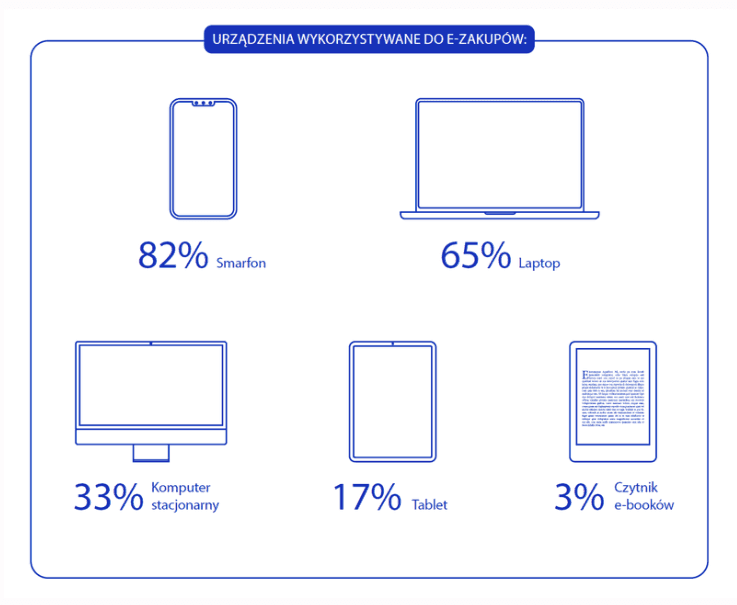
source: Gemius 2025 Report
Every third customer uses a device up to 5× slower than the latest iPhone, and this directly reduces conversions.
In our own Hatimeria's analyses, the data confirms it: budget smartphones account for one-third of all traffic but generate 40% fewer purchases.

This was also underlined in the report "SEO in fashion e-commerce 2025" by Elephate - E-commerce SEO Agency, where our founder Michał Wujas shared insights:
-
Budget smartphone users generate over 1/3 of all traffic, yet they purchase 40% less often.
-
With 80% of visits now coming from mobile, every second of delay on lower-end devices means lost sales.
-
Mobile performance optimization is one of the simplest ways to improve results - without increasing advertising budget.
3. Good photos sell
It may sound obvious, but research confirmed again that high-quality visuals directly increase sales. For fashion, this means more than just polished studio shots. Customers want to see:
- Lifestyle photos showing how the product fits into real life.
- Video and 360° views to reduce uncertainty.
- Close-up detail shots that show fabric, stitching and texture - they build trust in quality.
Clear photos and videos make online shopping easier. They give customers more confidence and lead to higher sales.

4. Virtual try-on: from trend to necessity
“Try before you buy” is quickly becoming the norm. Younger shoppers especially expect AR tools when buying fashion online. For brands, this is both a challenge and an opportunity.
Virtual try-on helps to:
-
lower return rates,
-
boost customer engagement,
-
gather useful data on size and style preferences.

Virtual try-on; graphic created with AI
Soon, virtual try-on may be standard in fashion, not just a nice extra.
Zalando enhances its virtual fitting room by enabling customers to create a 3D avatar with their body measurements:
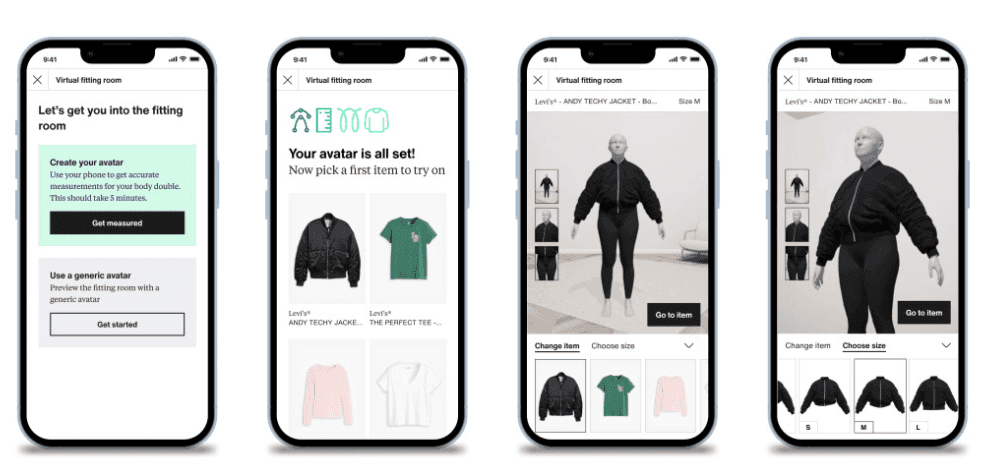
source: zalando.com
5. Going global requires more than translation
Many fashion brands plan to expand into new markets. But the conference showed examples of failures caused by poor localization. Issues like word-for-word translations, missing local payment options, or wrong sizing standards can quickly break customer trust. Successful cross-border expansion requires more than just translating product descriptions. It means rethinking catalog structure, ensuring intuitive UX for international shoppers, and preparing the store for scalability.
Localization is not only about language – it also includes adapting currency, delivery methods, and cultural context to build trust and drive sales in each market.

6. Fashion brands migrate to Shopify
One strong trend we also noticed is the shift of fashion stores to Shopify. Brands choose this platform because it’s fast, scalable, and offers powerful tools for international sales.
At Hatimeria, we’ve seen this first-hand. In the GUGUshop.pl migration, we built scalability, reorganized the catalog, and improved UX for global customers – creating a solid base for cross-border growth.

In 2025, over 4.9 million live websites run on Shopify, with more than 9.5 million sites in total (live and historical) having used the platform. Shopify now powers nearly 3.9% of the top 1 million websites worldwide. (BuiltWith, 2025)
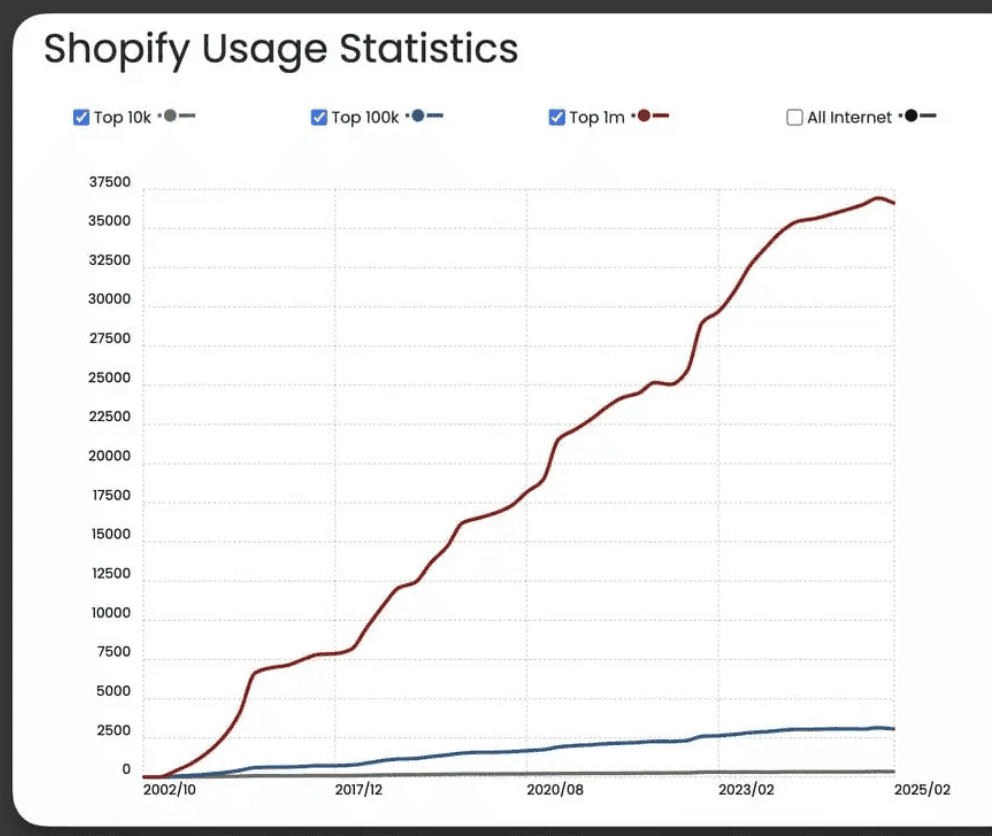
7. Seasonality in fashion e-commerce
Fashion e-commerce is no longer about one big sales peak. The year is now divided into several strong shopping seasons.
-
Black Week is still the biggest driver.
-
Q5, the period between Christmas and New Year’s, is gaining importance. According to MNTN, conversions during Q5 increased by 25% compared to the post-Christmas period in 2024.
-
Other important cycles include spring and autumn collections, summer sales, and back-to-school shopping.
Success in 2026 will depend on how well fashion brands can plan around these seasonal shifts, not just one event.
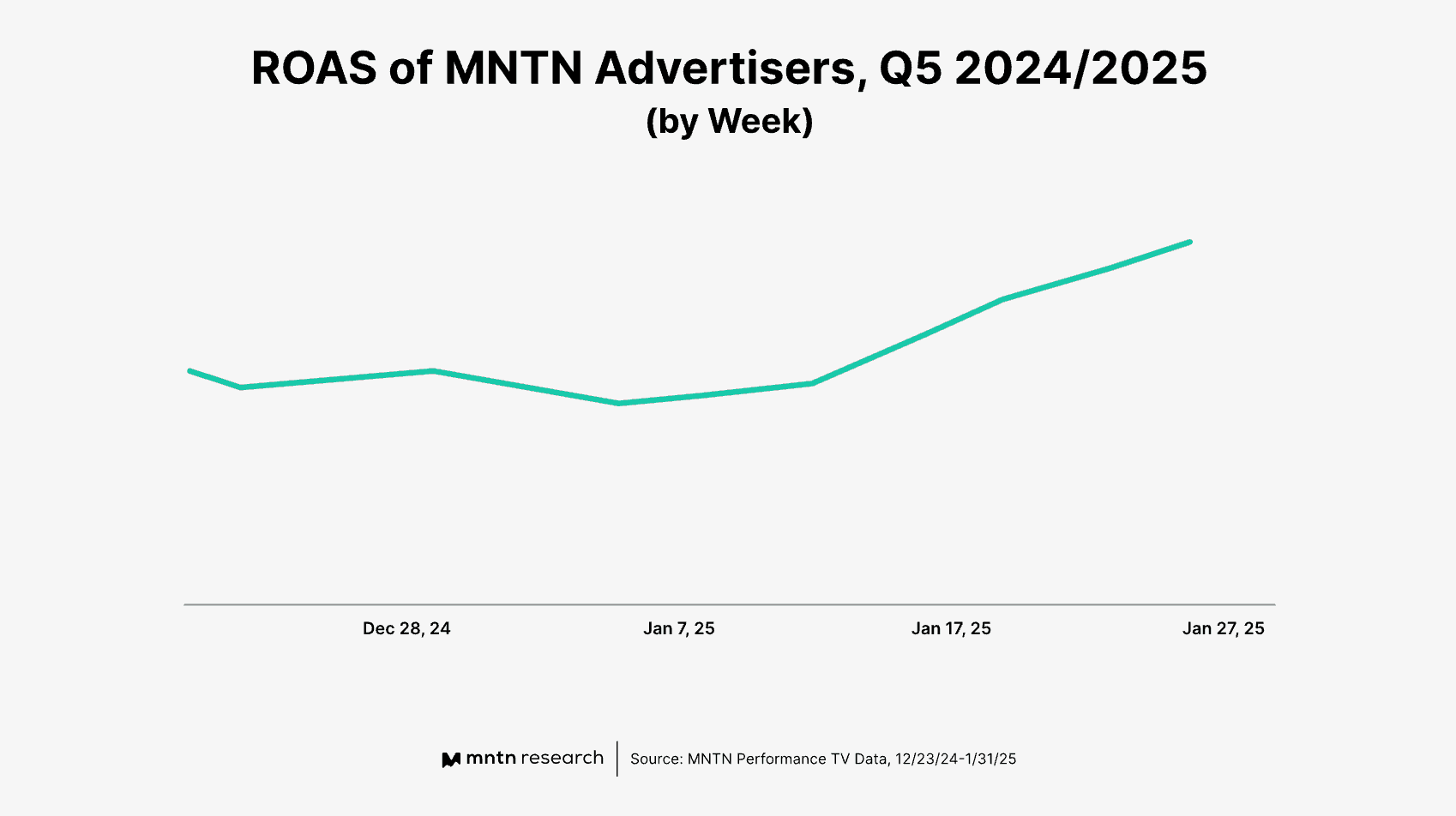
source: MNTN
Summary
The Fashion Business Congress confirmed what we see every day in our projects: fashion e-commerce is moving fast and optimization is the basis. Speed directly impacts conversions, while mobile experience now drives most sales. Good imagery and virtual try-on reduce returns and help build trust. At the same time, proper localization decides whether global expansion succeeds. Finally, planning for Black Week and the growing Q5 season often separates the leaders from those who fall behind.
In 2026, fashion brands that move quickly, try new ideas and think globally will come out ahead. If you want to prepare your store - from mobile performance to global reach or virtual try-on - let’s talk. Big changes often start with a simple conversation.
Would you like to innovate your ecommerce project with Hatimeria?

With over 10 years of experience in digital marketing, she helps IT businesses create online campaigns and marketing funnels to boost brand recognition and drive sales. In her free time, she loves hiking in the mountains, especially the Tatra Mountains. She’s a big fan of documentaries, thrillers, and TV shows - she knows Friends by heart! ;) She enjoys Italian food and good music.
Read more Anna's articles



